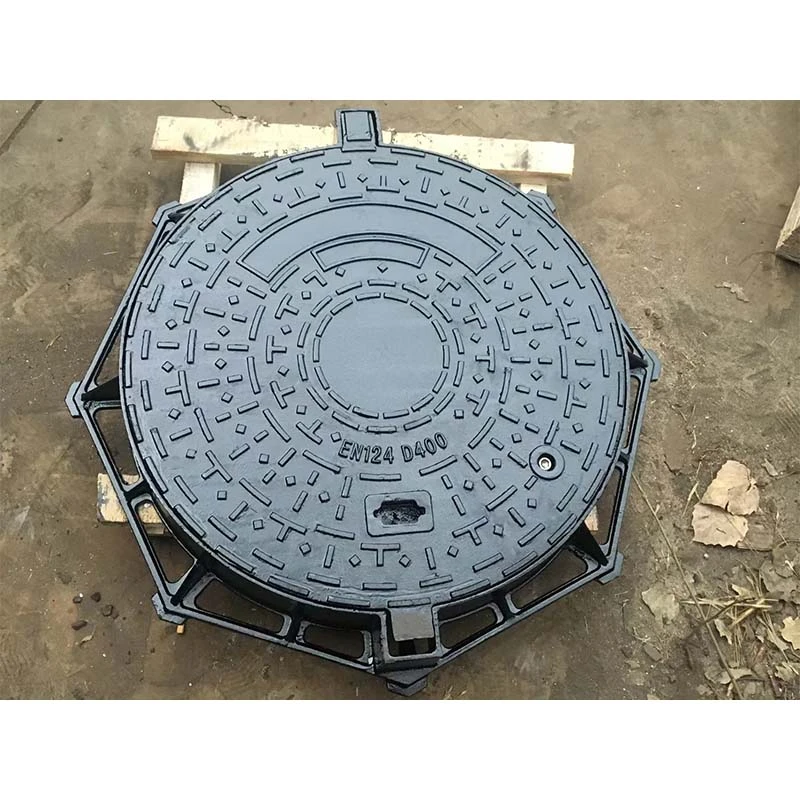butterfly valve jis 10k
Understanding JIS 10K Butterfly Valves
Butterfly valves are a popular choice in various industrial applications due to their simplicity, reliability, and efficiency. Among the different standards for butterfly valves, the Japan Industrial Standards (JIS) 10K specification stands out. This article aims to explore the characteristics, applications, and advantages of JIS 10K butterfly valves.
What is a Butterfly Valve?
A butterfly valve is a type of quarter-turn valve used for regulating or isolating fluid flow. It consists of a circular disk or butterfly that rotates around a central axis, allowing or obstructing fluid flow through a pipeline. When the valve is fully open, the disk is aligned with the flow direction, minimizing pressure loss. Conversely, when closed, the disk blocks the flow completely, ensuring efficient sealing.
JIS 10K Standard
The JIS 10K standard specifies the design, manufacturing, and testing of butterfly valves suitable for applications in low-pressure piping systems. The 10K in JIS 10K indicates that these valves are designed to handle pressures up to 10 kgf/cm² (approximately 145 psi). This makes them ideal for various applications, particularly in industries such as water treatment, chemical processing, and HVAC systems.
Materials and Construction
JIS 10K butterfly valves are typically constructed from materials such as cast iron, carbon steel, and stainless steel, allowing them to withstand different environmental conditions and chemical exposures. The valve's sealing mechanism is generally made from elastomers like EPDM or PTFE, which provide excellent sealing properties and resistance to wear over time.
The design of JIS 10K butterfly valves often incorporates a low-torque operation, which is advantageous for minimizing manual or actuator energy consumption. Moreover, these valves can be equipped with various actuation methods, including manual handles, pneumatic actuators, or electric motors, making them versatile for many applications.
Advantages of JIS 10K Butterfly Valves
butterfly valve jis 10k

1. Space Efficiency Butterfly valves have a compact design, making them suitable for installations in tight spaces where conventional gate or globe valves may not fit.
2. Quick Operation Given their quarter-turn operation, butterfly valves can be opened or closed rapidly, contributing to enhanced responsiveness in fluid control systems.
3. Low Pressure Drop The streamlined design minimizes resistance, resulting in a lower pressure drop across the valve compared to other types. This efficiency is particularly beneficial in systems where maintaining pressure is crucial.
4. Versatility JIS 10K butterfly valves are versatile and can handle a variety of fluids, including water, gas, and slurries. This adaptability makes them suitable for diverse industries.
5. Cost-Effective Generally, butterfly valves are more cost-effective compared to other valve types, both in terms of initial purchase and maintenance costs.
Applications
JIS 10K butterfly valves find widespread use in - Water Treatment Plants For controlling water flow during purification processes. - Chemical Industries For handling corrosive and hazardous materials. - HVAC Systems To regulate air and fluid flow within heating, ventilation, and air conditioning systems. - Food and Beverage For controlling the flow of products during processing and packaging.
Conclusion
In conclusion, JIS 10K butterfly valves are essential components in modern industrial applications. Their robust design, efficiency, and versatility make them a preferred choice in various settings. As industries continue to evolve, the demand for reliable and efficient valve solutions will persist, and JIS 10K butterfly valves will remain at the forefront of fluid control technology. Understanding their specifications and applications can help engineers and facility managers make informed decisions that enhance operational efficiency and safety.
-
The Smarter Choice for Pedestrian AreasNewsJun.30,2025
-
The Gold Standard in Round Drain CoversNewsJun.30,2025
-
The Gold Standard in Manhole Cover SystemsNewsJun.30,2025
-
Superior Drainage Solutions with Premium Gully GratesNewsJun.30,2025
-
Superior Drainage Solutions for Global InfrastructureNewsJun.30,2025
-
Square Manhole Solutions for Modern InfrastructureNewsJun.30,2025
-
Premium Manhole Covers for Modern InfrastructureNewsJun.30,2025
